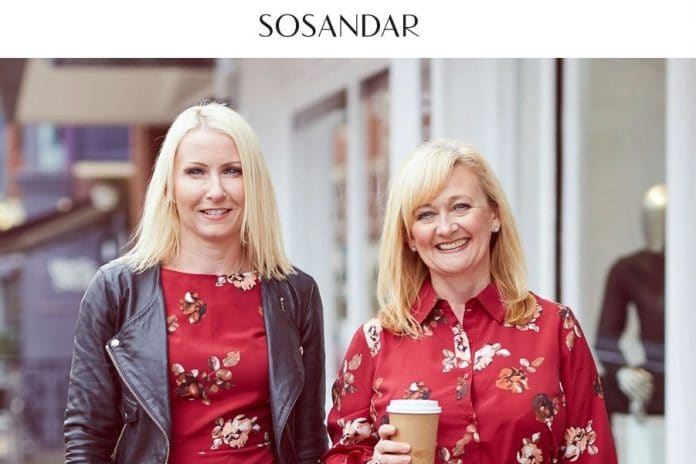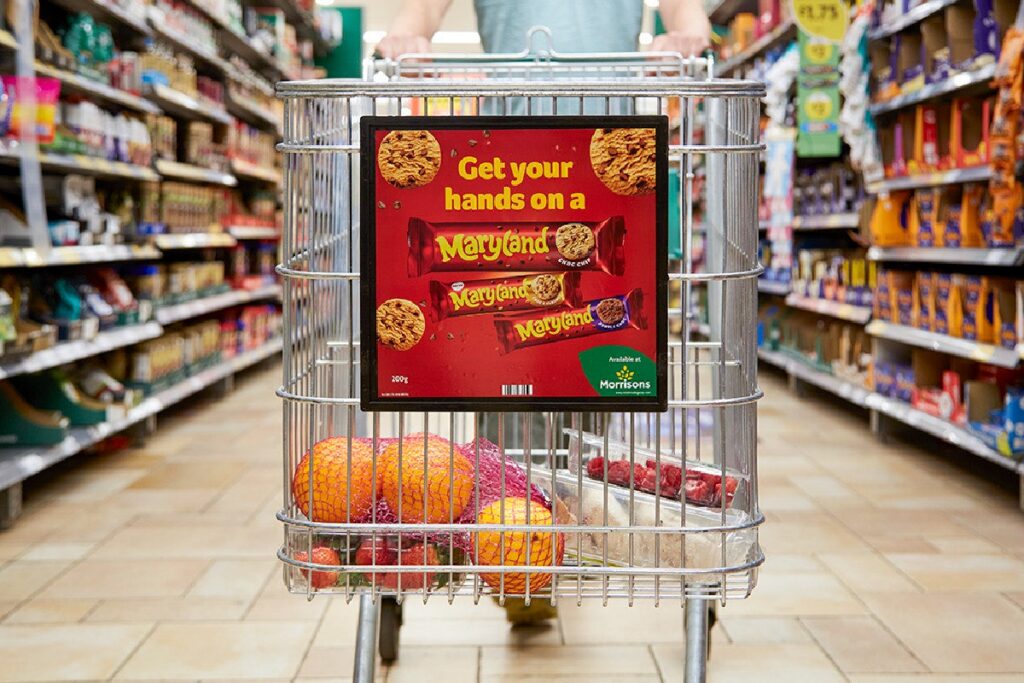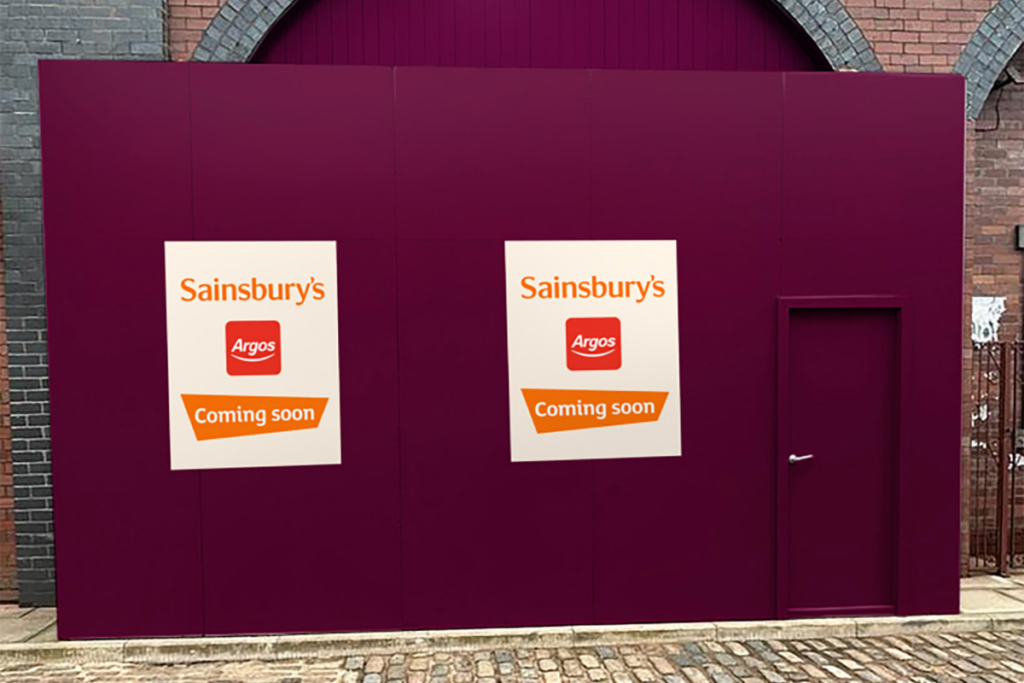Retail sales growth in Scotland last month was the weakest seen in any December since at least 1999, new findings published today reveal.
Sales in the country were up just 1.6 per cent in total and a tiny 0.4 per cent on a like-for-like (LFL) basis compared to the December last year, according to the Scottish Retail Consortium (SRC) and professional services firm KPMG.
This represents the strongest year-on-year growth for any month since July but the worst performance for December since SRC and KPMG started analysing sales figures north of the border 13 years ago.
Heavy discounting by the retailers on Scotland‘s high street helped push non-food LFLs up 0.8 per cent ahead of last year, but food sales were actually 0.1 per cent down annually as cautious consumers curbed their spending.
Clothing sales enjoyed a much stronger month than of late, thanks to the clearance period and colder weather, but December 2010 was marked by severely disruptive weather making comparisons very soft, and even the modest gains in non-food represent negative growth in real terms once inflation – currently 4.2 per cent – is factored in.
Ian Shearer, Scottish Retail Consortium, said: “Consumer confidence is lower and falling faster in Scotland than at UK level as fears about incomes, jobs and the wider economy continue.
“With annual sales growth averaging just 0.8 per cent across 2011, compared with 2.3 per cent in 2010, Scottish retailers‘ contribution to jobs and investment is under threat.”
Shearer repeated the SRC‘s call for the central government in London to lessen the burden on beleaguered Scottish traders by minimising the costs of business rates, retail levies and over-regulation, with trading expected to remain difficult for much of 2012.
Many experts now warn that the UK is in very real danger of slipping back into recession in the first half of this year, and even if the gradual easing of inflation seen in the last few months continues it is unlikely to significantly boost consumer spending.
Non-essential general merchandise goods are still proving the most difficult for retailers to sell, with trading of furniture and large electricals particularly poor last month, but the negative growth in food shows that all sectors of the market are threatened by this climate of low confidence.
David McCorquodale, Head of Retail in Scotland at KPMG, commented: “Christmas this year came at a real cost to retailers as the discounting was deep, impacting margins, and opening hours were longer, costing more in wages. Several retailers have not made it into the New Year and more shop closures are anticipated in the coming months.
“With consumer confidence no better than during the recession, the outlook remains difficult and retailers will continue to focus on cash management, stock control and on working with their supply chains.”

















